Experts Weigh in on Reimagining Healthcare in 2022 and Beyond
Share at:
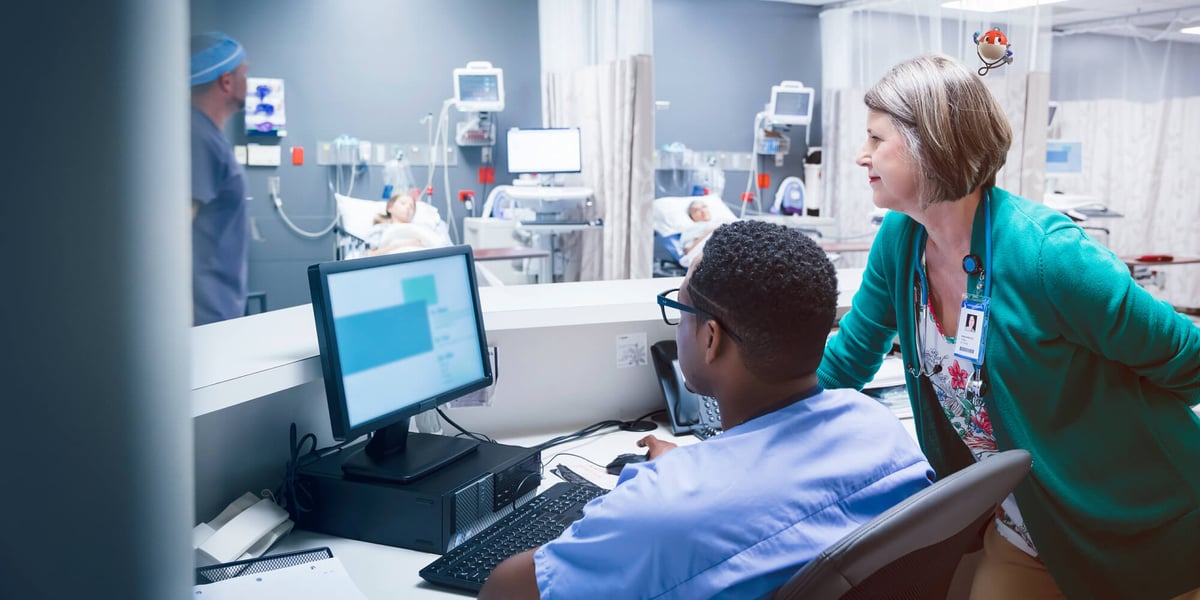
HIMSS 2022 is over. We went to Orlando, we reimagined healthcare, we got inspired. Then, ultimately, we went back to our offices, popped our favorite K-Cup® pod in the Keurig, and got back to work. Because who has time to act on all the nuggets of inspiration gathered weeks ago, when the real world—patients and members who count on healthcare professionals like you to receive care—demands attention now?
But maybe it’s time to change the question.
Maybe it’s time to ask ourselves who has time to continue to do healthcare work the way it’s always been done? With a growing shortage of healthcare professionals and staff burnout on the rise, we can’t afford to ignore what we learn by attending an event like HIMSS.
And if there’s one lesson the UiPath team learned from customers, conference attendees, and partners at HIMSS 2022, it’s this:
Sometimes the biggest ‘wow’ moments, the ones that create the biggest changes, come from the simplest ideas.
From interoperability and Fast Healthcare Interoperability Resources® (FIHR®) to patient access and physician burnout, it’s easy to think that big healthcare problems require heavy, complex solutions. But drilling into the challenges of healthcare—looking at the granular pieces of the puzzle that create the bigger picture—can reveal radically simple approaches that might not have been obvious before.
So, pop another K-Cup® in the machine (but this time, get a little crazy and choose the French toast flavor) and watch the video clips below. You can see the full-length videos in our HIMSS video library.
We collected these nuggets of inspiration to keep you going on your healthcare transformation journey.
Staff burnout, workforce capacity, and resilience
According to the American Association of Critical-Care Nurses, the COVID-19 pandemic caused almost 66% of nurses to consider leaving the profession. It’s a crisis that extends beyond nurses to all healthcare staff, including clinicians. Underscoring the need to better support healthcare professionals, a new law in the United States (U.S.) will earmark federal funding in the amount of $135 million to improve the mental health of workers.
And a March 2022 article from Forbes.com discussed data from a recent report carried out by Elsevier Health and Ipsos. “Clinicians are concerned about a global healthcare workforce shortage, with 74 percent predicting there will be a shortage of nurses and 68 percent predicting a shortage of doctors in 10 years’ time.”
Jason Warrelmann, UiPath Global Director of Health and Life Sciences, took time at HIMSS 2022 to talk with Amit Bhagat, CEO of Amitech Solutions, about the diminishing availability of healthcare professionals.
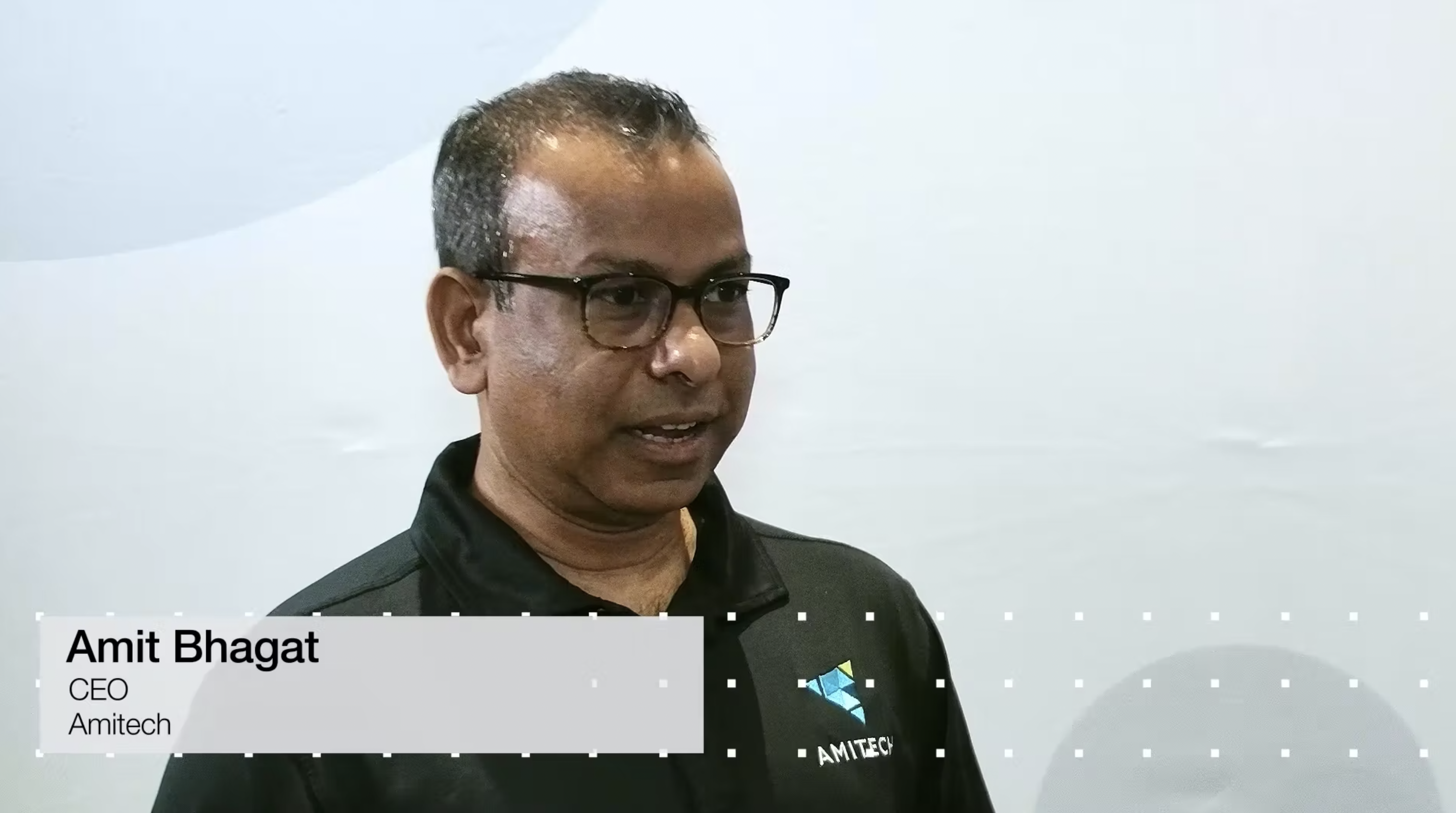
And then Warrelmann spoke with Jeff Hatfield, Vice President (VP) of Intelligent Healthcare Automation at Ashling Partners, about the need to automate beyond corporate functions in healthcare organizations.
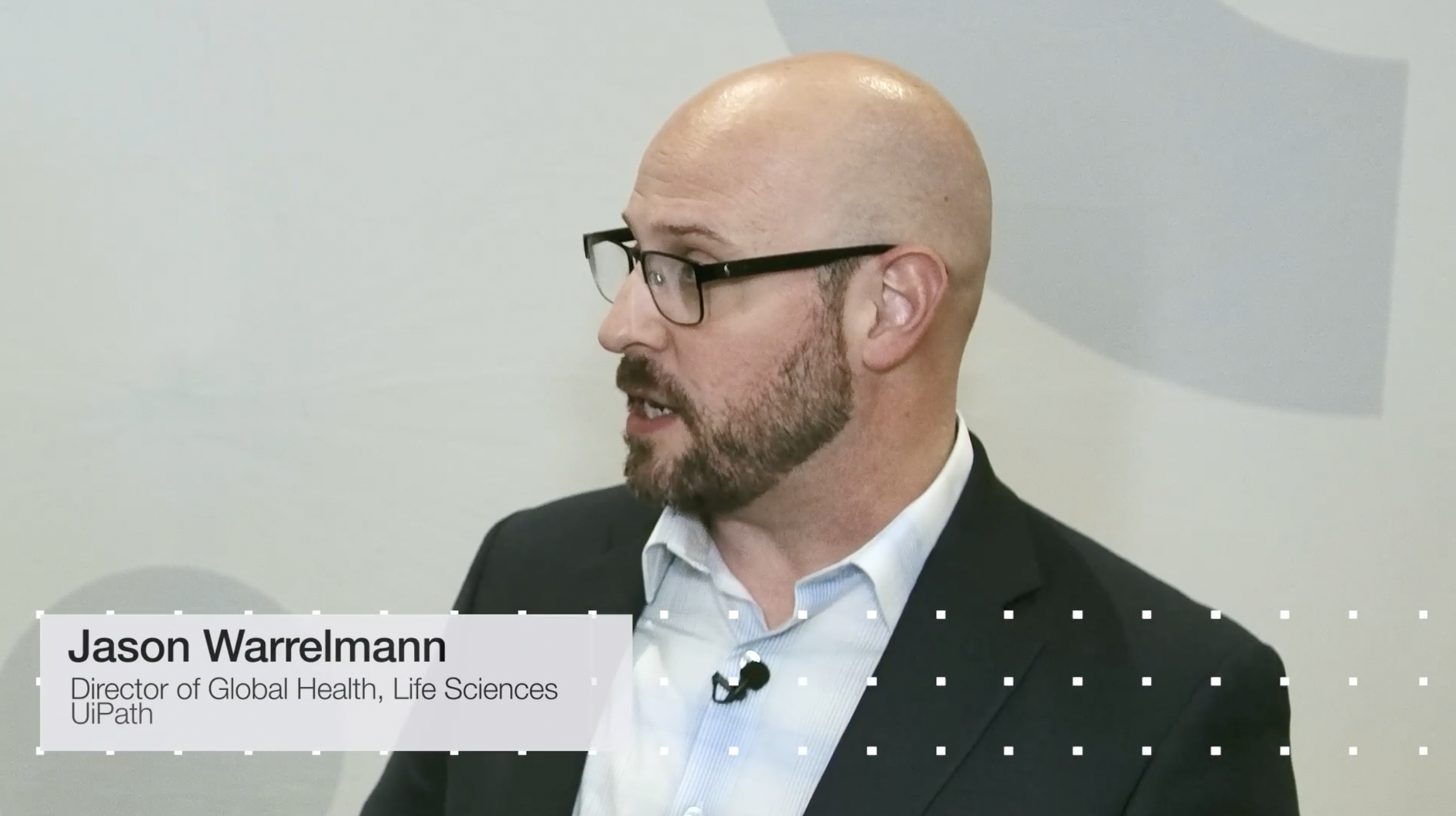
Related article: How Automation Can Transform Healthcare Delivery
Patient access and digital coordination
Challenges to patient access have rapidly expanded during the COVID-19 pandemic. As consultant and healthcare social media influencer Colin Hung wrote in an October 2021 article for Healthcare IT Today, patient access has always been a nuanced issue. “However,” writes Hung, “when the pandemic hit, suddenly patient access included: telehealth, secure communications, remote patient monitoring, and access to community services.”
Beckers Hospital Review also highlighted the technology challenge to patient access in a recent article that lists “the 10 biggest barriers to telehealth, as told by physicians.” While issues with insurance coverage, payments, and reimbursement took the top three spots on the list, challenges with the use of technology, EHR integration, technology support, and workflows rounded it out.
And while automation is an obvious answer to taking the pain out of digital coordination, people are the most important part of the equation. During a UiPath-hosted breakfast for public sector attendees that included Michael D. Parrish, Chief Acquisition Officer at the U.S. Veterans Administration (VA), Warrelmann commented: “Automation is easy. It’s getting people ready for it that’s the challenge.”
Warrelmann also spoke with Hatfield about the subject in this video:
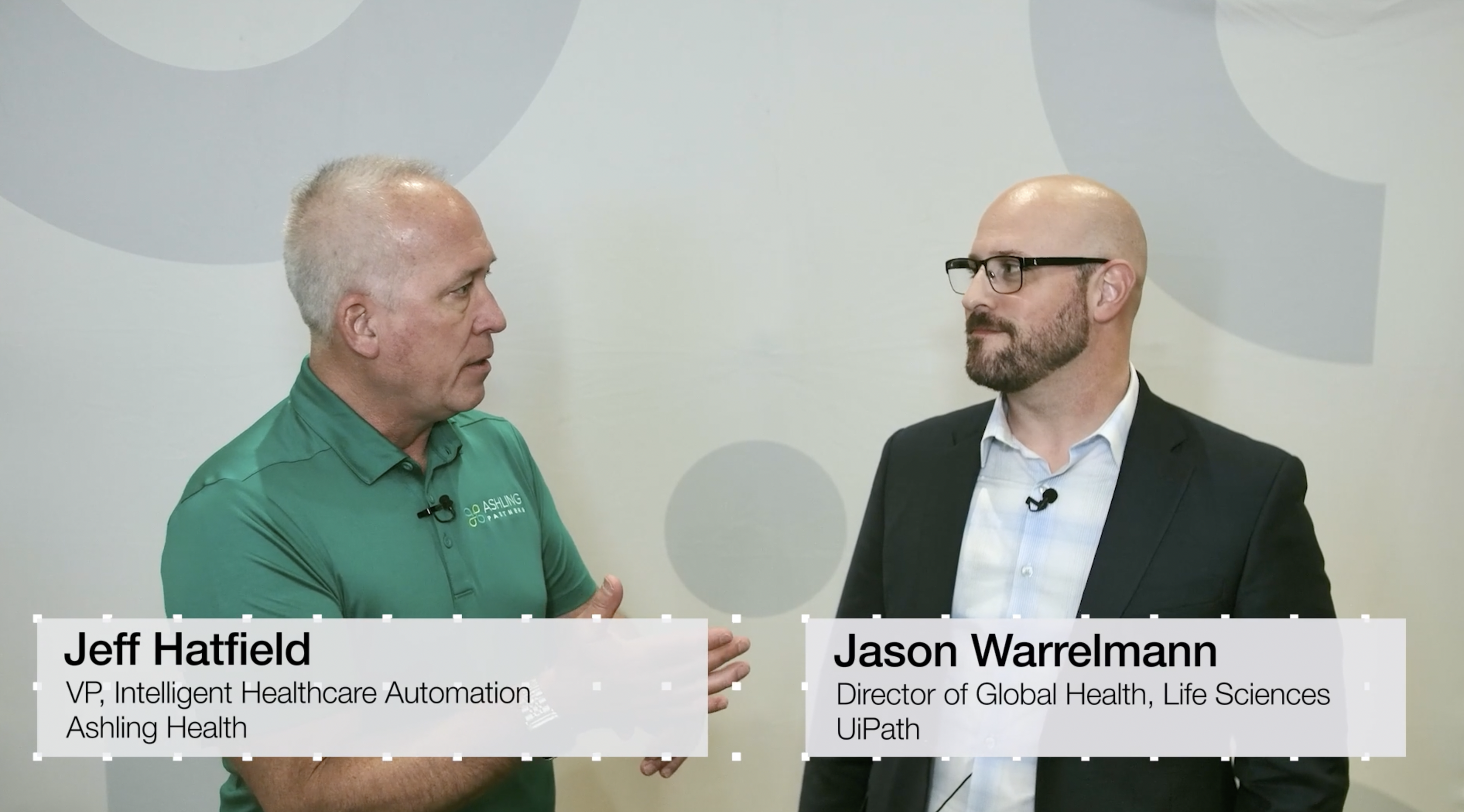
But digital coordination can also apply to the workforce. Listen to Steve Gerhardt, CEO of Element Blue, explain how they used a combination of UiPath and a Druid platform to enable COVID-19 vaccination card documentation compliance for a healthcare organization in this clip:
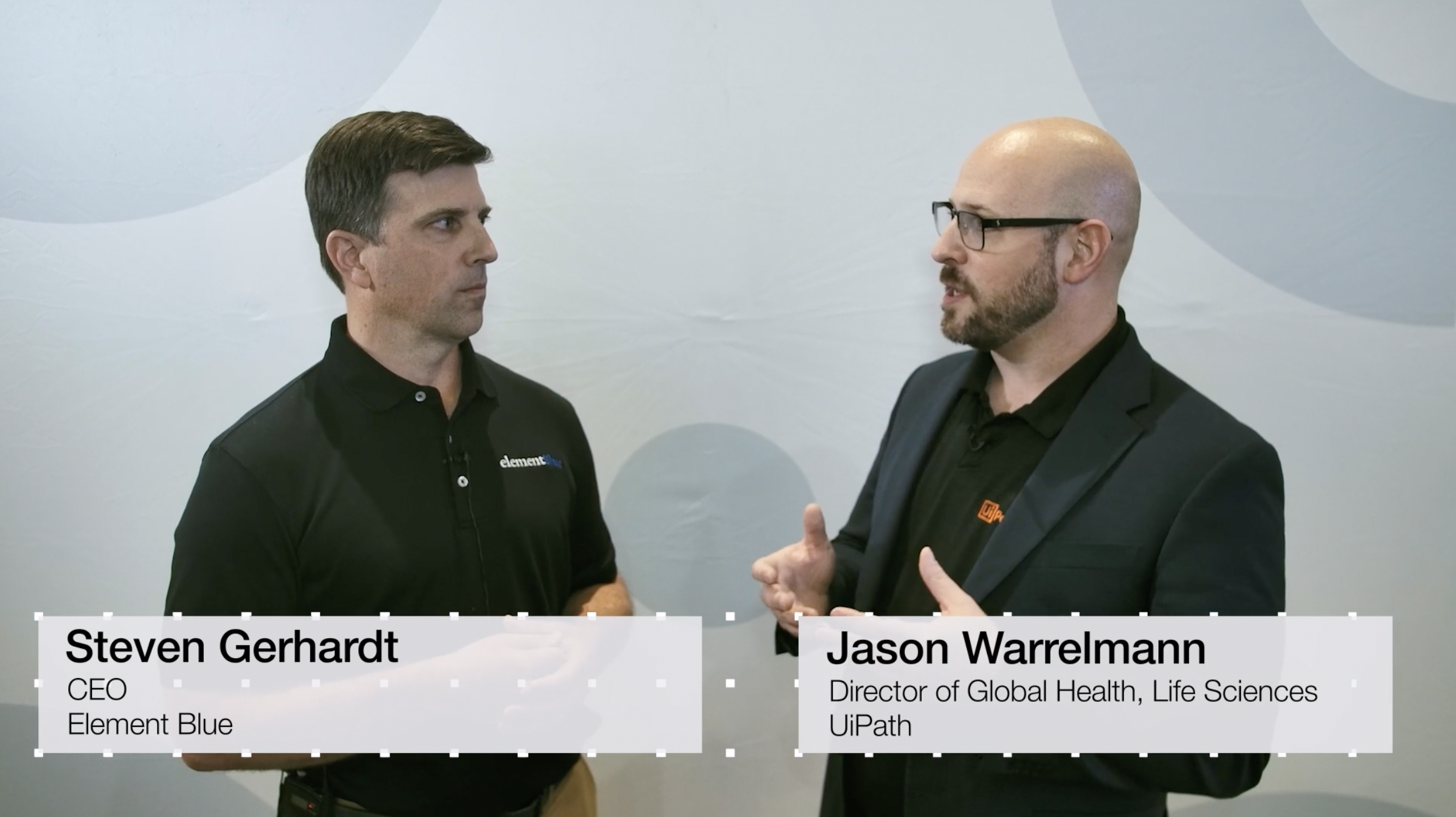
Upskilling for a digital future
Bhagat (Amitech) ended his discussion with Warrelmann with comments about the need for upskilling in the healthcare workforce.

According to a 2021 survey carried out by Amazon and Gallup, 56% of healthcare workers are very interested in upskilling. But the number drops when looking specifically at improving digital and technical skills, with only 27% interested in upskilling in this area.
And yet data from Elsevier Health’s Clinician of the Future report revealed that healthcare professionals recognize current work processes must change. Survey respondents said “technology literacy” will be more important than “clinical knowledge” over the next 10 years. And “83% believe training needs to be overhauled so they can keep pace with technological advancements.”
This points to a gap between the training healthcare professionals believe they need and the training that interests them. And with the complexity of the healthcare ecosystem, it’s not difficult to understand why digital training could be overwhelming for some. But an awareness that advances in robotic process automation (RPA) incorporating artificial intelligence (AI) and machine learning are making digitization easier and more intuitive could be the key.
Warrelmann weighed in on the subject in this clip:

Let simple insights drive big innovations
Now let’s repeat the question: who has time to do healthcare work the way it’s always been done? As Warrelmann said in the clip below, physicians shouldn’t have to get up at 4:00 am and go to work and ‘treat’ their inboxes and referral systems before they begin treating patients.

The HIMSS 2022 conference is in the rearview mirror, but it’s incumbent on all of us to keep the inspiration going. Reimagining healthcare is a team effort that takes providers, payers, patients, members, and technology providers working together to create better realities for all.
The video clips presented here are just a portion of the conversations we captured at HIMSS 2022. Visit our HIMSS video library to access the full footage:
Access the videos
Topics:
Healthcare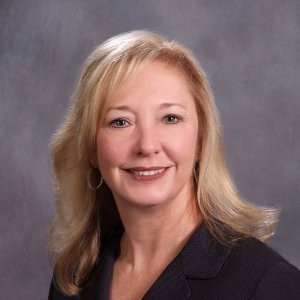
(Previously) Industry Practice Senior Manager, Healthcare, UiPath
Get articles from automation experts in your inbox
SubscribeGet articles from automation experts in your inbox
Sign up today and we'll email you the newest articles every week.
Thank you for subscribing!
Thank you for subscribing! Each week, we'll send the best automation blog posts straight to your inbox.



